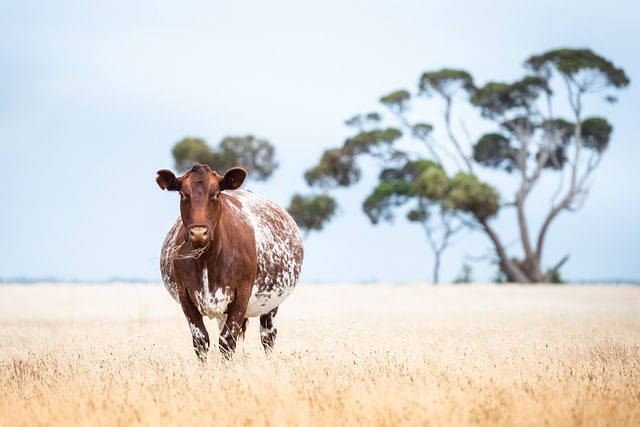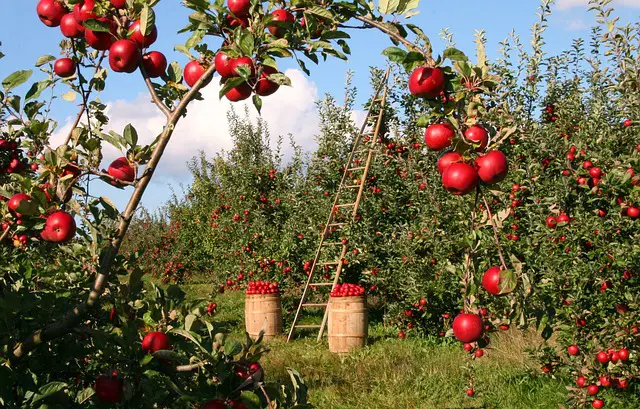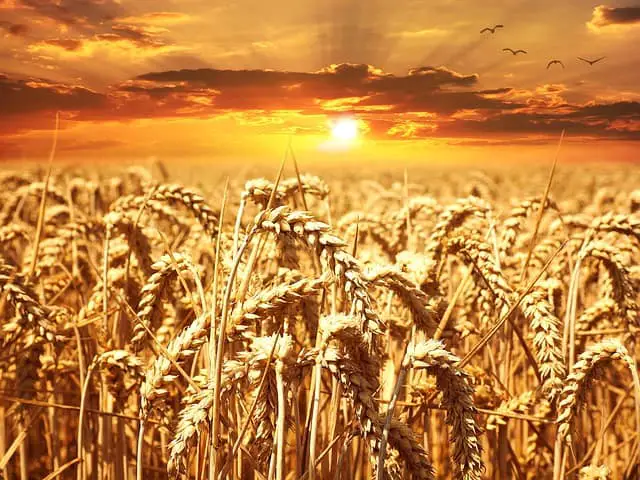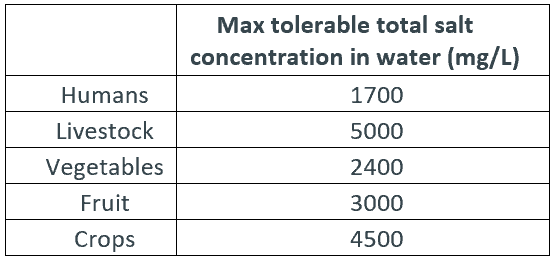
Growing up on a farm there were clear-cut boundaries between water salinity levels; the salty creek, the slightly brackish dam water for the garden and the livestock, and then rainwater, which we drank. I had always been curious at what point of saltiness livestock couldn’t handle water and at what point it could no longer be tolerated by plants. After in-depth research, I came up with this brief article on the topic.
As a general rule, desalination is needed above 5000 mg of salt per litre of water for livestock and 1500mg for most plants. The maximum salt level varies between different livestock and plants, with most crops able to tolerate up to 4500mg/l whilst many lawn varieties can’t handle anything over 450mg/l.
When making a decision on whether desalination is needed you must first consider what you will be using the water for. This guide divides common water uses into 5 categories: Livestock drinking water, general plants, fruits & vegetables, lawns and crops.
Livestock Drinking Water: 5000mg per litre
Livestock typically can tolerate levels up to 3000mg/L with some studies stating that levels up to 5000mg/L don’t cause adverse effects (“Livestock Water Quality” 2021 ). When it comes to Livestock this is not referring to household pets but farm animals like cows and sheep who have evolved to have much higher tolerance levels for salt in water.

At levels above 3000mg/L desalination could be warranted however the economics would need to be considered as typical livestock will simply not drink water that is too salty for them to tolerate. It is however interesting to note the clear difference in tolerance levels between humans and livestock and how some water sources deemed unpotable for humans could in fact be utilized for farm animals.
General Plants: 1500mg per litre
1500mg of salt per litre of water is the maximum concentration for the general watering of plants and even crops (Kumar 2017). Although, there are huge variances in salt tolerances ranging from extremely sensitive fruits and berries right up to salt bushes that can tolerate hypersaline environments.
For your household plants, regular tap water will be fine to use as this usually has salt levels around 500mg/l in the United States and under 1000mg/l in the majority of the world.
Fruit & Vegetables: 1000mg per litre

When it comes to fruit and vegetables, the tolerance for salt can be very limited before it starts to negatively affect the output and general health of the plant. According to the New South Wales Department of Agriculture, there are some vegetables like Zucchini which can tolerate up to 2400mg/l of salt before a noticeable effect on output. Opposed to beans or apples which have a noticeable decline at as low as 640mg/L, which means some sources that are ok for drinking water would not even be suitable! It is definitely a case-by-case basis with some much more tolerant fruits & vegetables than others, however, generally speaking, you shouldn’t water fruits and vegetables with anything saltier than drinking water.
Lawn: 450mg per litre
Lawn is sensitive to salt levels in water, anything above 450 mg/L should be treated with caution, especially on turf varieties. However all is not lost if you were hoping to use some slightly salty bore water to water a large patch of lawn, desalination is an obvious option however there are also varieties of lawns that are more tolerant to salt than others. Bermudagrass is a notable variety suitable for turf applications that can handle salt levels far in excess of normal varieties like buffalograss (“Growing Turf On Salt-Affected Sites” 2022).
Crops: 4500mg per litre

Crops are extremely broad in their salt tolerances, you have beans and corn that can only tolerate water of similar salinity level to drinking water and then you have wheat and barley which can take over 4000mg/L before there is a notable reduction in output (“Salinity Tolerance In Irrigated Crops”). Generally speaking, the more salt-resistant crops will be used in drier saltier areas and crops like beans and corn in areas where water is more abundant. Two examples of this are salt-resistant crops like wheat, barley and canola dominating the salinity-affected regions of Western Australia and crops like beans and corn dominating the American Mid-West where fresh water is abundant.

“Livestock Water Quality”. NDSU Agriculture And Extension, 2021, https://www.ndsu.edu/agriculture/extension/publications/livestock-water-quality.
Kumar, Rajesha et al. “Desalination For Agriculture: Water Quality And Plant Chemistry, Technologies And Challenges”. Water Supply, vol 18, no. 5, 2017, pp. 1505-1517. IWA Publishing, https://doi.org/10.2166/ws.2017.229.
“Irrigation Water Quality Guidelines For Turfgrass Sites”. Extension.Psu.Edu, 2022, https://extension.psu.edu/irrigation-water-quality-guidelines-for-turfgrass-sites#:~:text=Acceptable%20TDS%20concentrations%20for%20turfgrass,%2Fcm)%20can%20damage%20turfgrasses.
“Growing Turf On Salt-Affected Sites”. Extension.Colostate.Edu, 2022, https://extension.colostate.edu/docs/pubs/garden/07227.pdf.
“Salinity Tolerance In Irrigated Crops”. Dpi.Nsw.Gov.Au, 2022, https://www.dpi.nsw.gov.au/__data/assets/pdf_file/0005/523643/Salinity-tolerance-in-irrigated-crops.pdf.


